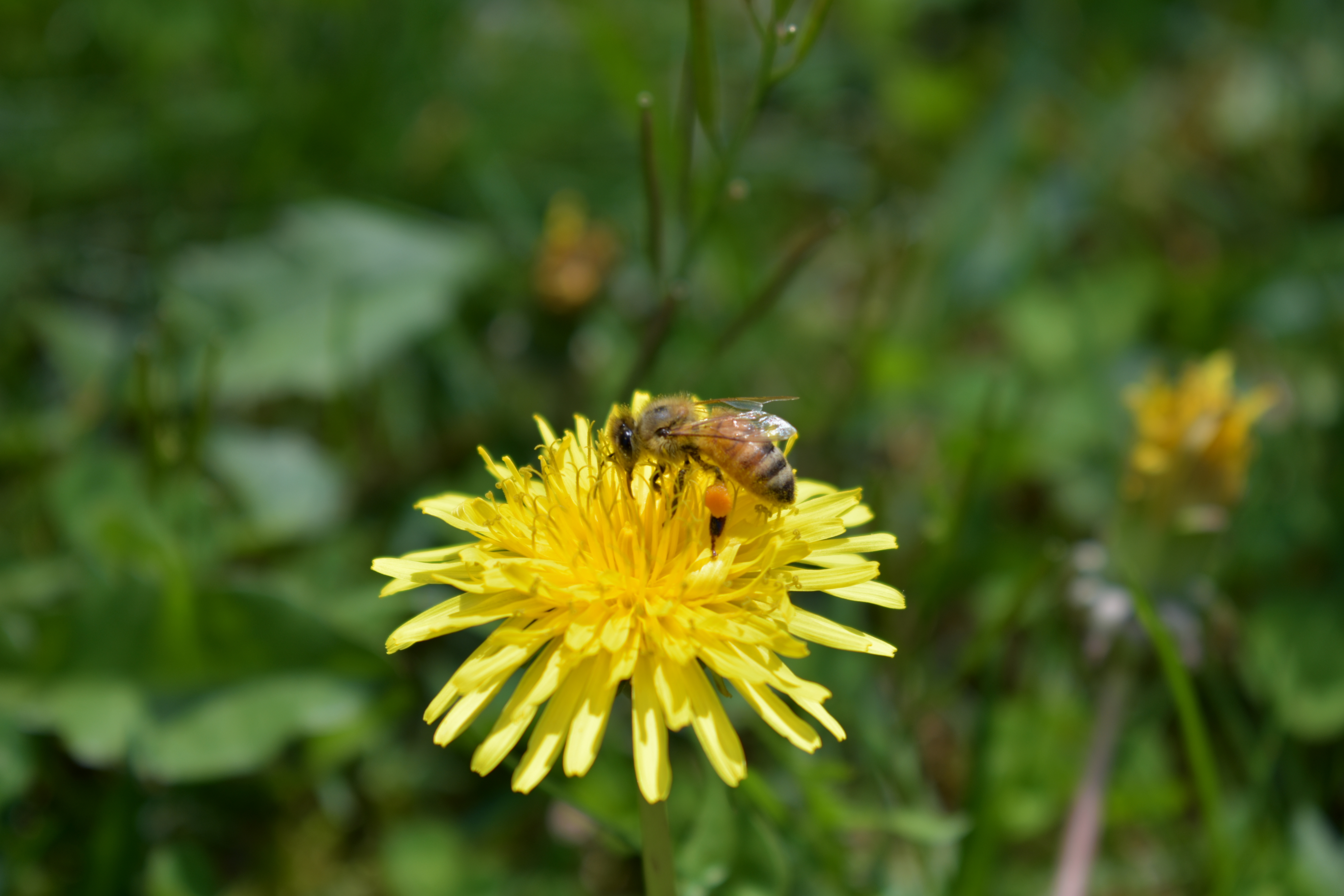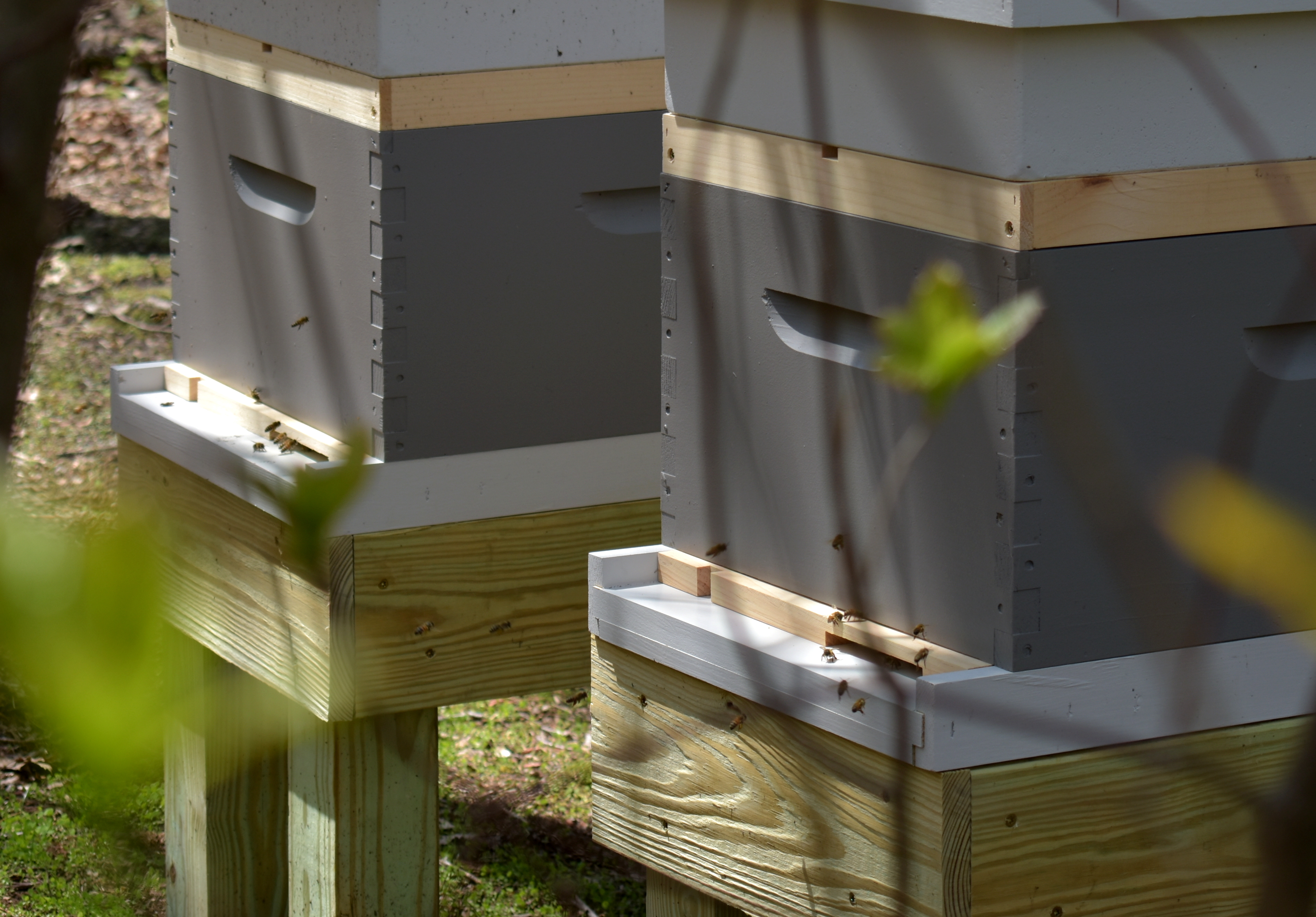The Bee Research Lab
In 2019, we started assembling a team of URI scientists united in the goal of saving the honeybee. The threats facing the honeybee are numerous and varied in scope. The first problem that we have chosen to address is the management of varroa destructor.
Varroa Mites
Varroa destructor, a parasite mite of the honeybee, has been widely implicated in colony collapse disorder. The entire life cycle of the varroa mite is coupled to the honey bee, which makes their management a particular challenge. An infested bee colony that goes untreated will succumb. Humans have been successful at managing varroa so far, but problems with established methods of varroa management, which fall into two broad categories, are emerging, and each presents an opportunity for us to apply our expertise to help the honeybee. 
Synthetic miticides
Synthetic organic compounds have long been used in the management of varroa mites. They are especially effective at penetrating the capped bee brood, producing strong knockdowns in mite populations. A leading problem in the use of these compounds is the development of miticide resistance which can render a treatment ineffective for varroa management. We propose to develop new miticides based on established classes of successful compounds.
'Natural' miticides
‘Natural’ treatments – in the form of various organic acids – are not as susceptible to the development of resistance, but difficult delivery methods and inability to penetrate capped brood make for inconsistent results. One route to obviate these problems is to develop a pro-drug strategy where a protected version of the miticide - one that can penetrate capped brood and be gentler on humans and bees - is administered to the hive and subsequently transformed to the active compound. We also envisage the development of new materials for the delivery of organic acids that will mitigate the role of human error.
Think Buzz. We Do:
Matt Kiesewetter (Chemistry)
Steve Alm (Entomology)
